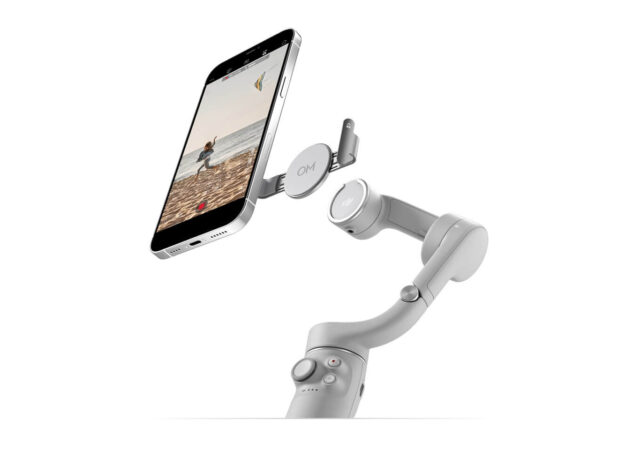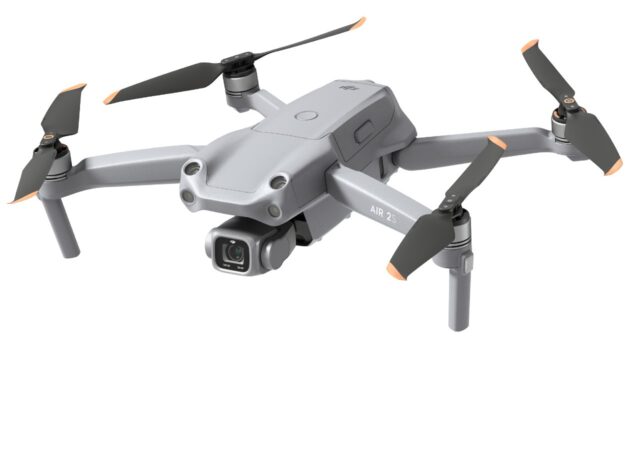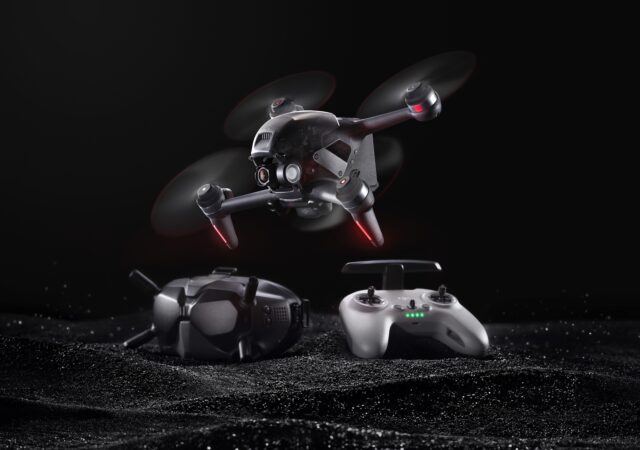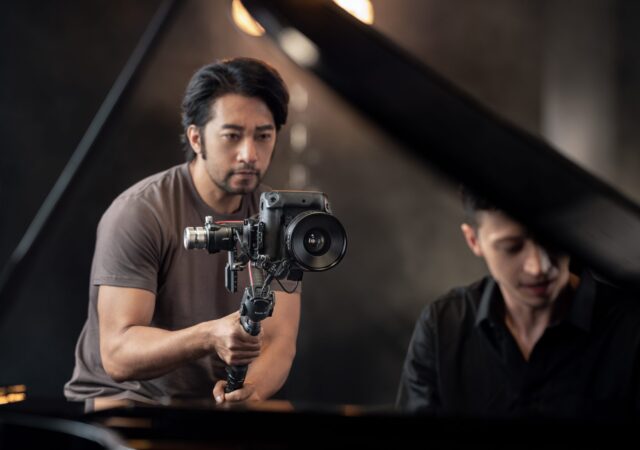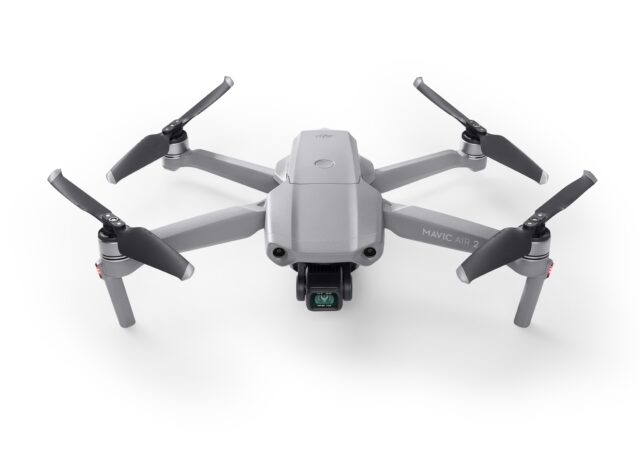DJI launches the new OM5 portable smartphone gimbal with extension rod for more silm making options for independet content creators.
DJI Air 2S Takes to the Skies with 5.4K Video and 20-Megapixel Photographs
DJI launches their new Air 2S. The DJI Air 2S can now shoot videos at 5.4K resolution and transmit videos from 12km away.
DJI Unveils RS 2 & RSC 2 3-Axis Camera Gimbal – Smaller, Better
DJI just launched the new RS 2 and RSC 2 gimbal for DSLR and mirrorless systems. The highly advanced gimbals starts at MYR 1,699.
DJI Mavic Air 2 Takes Flight
DJI just released their brand new Mavic Air 2 consumer drone to replace the DJI Mavic Air with a bigger 48-Megapixel sensor, more shooting modes, and even cleverer electronics to keep it in the air longer.



